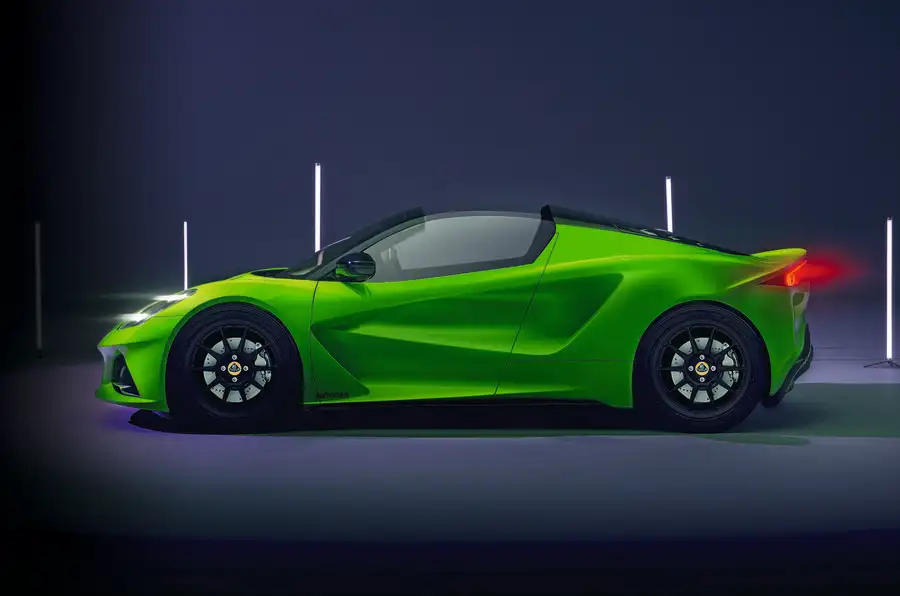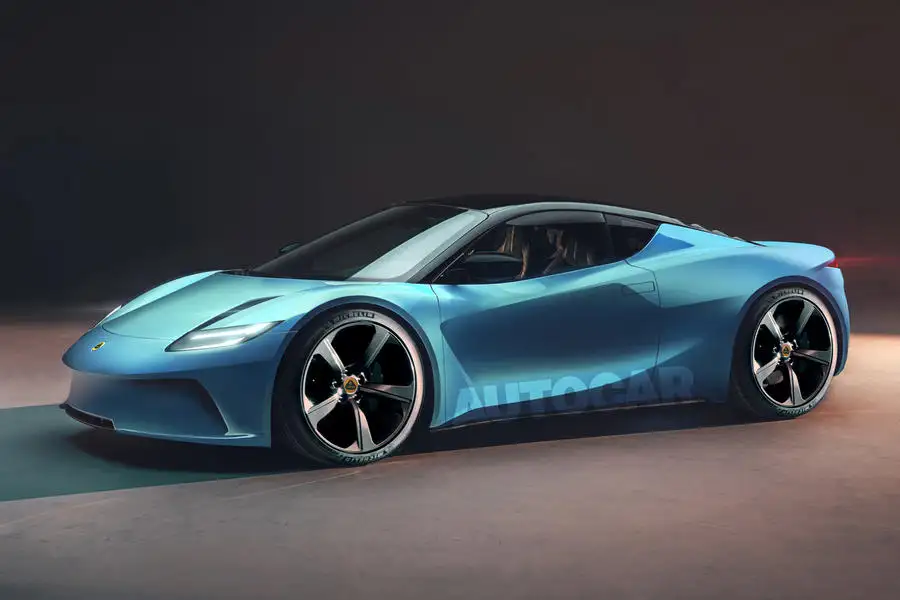Lightweight battery-powered two-seater will kick-start an electric era of Hethel-developed sports cars.
Lotus is continuing with the development of an electric successor to the legendary Elise, Automotive Daily Network partner Autocar can reveal, having ended its collaboration on the project with Alpine.
In early 2021, the two firms announced plans to share development of an electric sports car platform to underpin successors to the Lotus Elise and Alpine A110, but they recently ended the deal by mutual agreement – raising questions over the viability of their respective sports EV projects.
Alpine earlier this week confirmed that it would develop a new platform in-house for the electric A110 following the split – and could use the architecture for several other models.
“We had a long discussion and finally decided to build our own platform,” Renault Group CEO Luca de Meo told Autocar.
Lotus hasn’t officially confirmed the status of its own project, codenamed Type 135, but Autocar understands that work remains ongoing to prepare the car for a 2026 launch.
It will cap the first phase of Lotus’s EV reinvention and will represent the “pure essence” of the brand, being built around the dedicated Project LEVA (Lightweight Electric Vehicle Architecture) structure that was set to also underpin the new Alpine.
The Type 135 will be designed and engineered in Hethel, Norfolk, ensuring that it can build on the lineage of the fabled sports cars that have been produced there, such as the Lotus Elise.
The new E-Sports platform, which incorporates LEVA, will give it a mid-engined-style layout, most likely with the battery pack stacked in the middle of the car, rather than under the floor, as is usual for EVs. That will allow the Porsche 718 Boxster rival to sit lower and ensure weight distribution is more in keeping with its remit.
While the Type 135 will be a small contributor to Lotus’s sales volume, it will be a vital model for the brand, commercial chief Mike Johnstone told Autocar recently.
“It’s a car that needs to be at the bullseye of the brand, which signifies exactly what Lotus stands for in an electric age,” he said.
“That’s in no way to diminish the Eletre, [Type] 133 and [Type] 134,” he continued, referring to the firm’s new electric SUV and upcoming sedan and crossover. “They are very much Lotus models, but the most pure essence of Lotus will be the Type 135.”
The E-Sports platform has yet to be revealed in its entirety but is said to be 37% lighter than the equivalent structure used by the combustion-engined Emira sports car.
It has been designed from the ground up to compensate for the added weight of an electric powertrain and with a view to replicating the typical dynamic traits of previous Lotus models.
The batteries can either be stacked vertically behind the seats, in a layout reminiscent of a conventional mid-engined format, or arranged under the floor in longer-wheelbase cars with rear seats.
The LEVA unit will be mated to a bulkhead and front end completely unrelated to those used by the Emira, but managing director Matt Windle is keen for Lotus’s trademark dynamic agility to be carried over to the new models.





